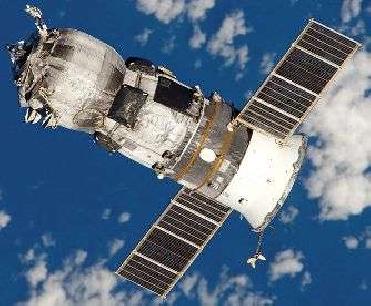
The Progress resupply vehicle is an automated, unpiloted version of the Soyuz spacecraft that is used to bring supplies and fuel to the International Space Station. The Progress also has the ability to raise the Station's altitude and control the orientation of the Station using the vehicle's thrusters.
Progress took the basic Soyuz 7K-T manned ferry designed for the Salyut space station and modified it for unmanned space station resupply. The re-entry module was deleted and replaced with a section containing propellant tanks and pumping systems for space station refueling. The orbital module was used to transport dry cargo and water to the station.
Some of the Progress spacecrafts were launched with a Soyuz Launch Escape System tower. Officially, this was to preserve proven Soyuz aerodynamics. In fact, the tower for these launches included ejection seats planned for use with the Buran spaceplane.
The Progress spacecraft is launched to the Space Station from the Baikonur Cosmodrome in Kazakhstan aboard a Soyuz rocket. It normally docks to the end of the Station's Zvezda Service Module, but it can also dock to the bottom of the Pirs Docking Compartment.
Progress spacecraft have number of variants, the major transformation are reflected with the change of name:
• Progress (1978-1990)
• Progress-M 11F615A55 (1989-present)
• Progress-M 11F615A60 (2008-present)
• Progress M1 (2000-present)
• Progress M2
The Progress normally takes two days to reach the Space Station. The rendezvous and docking are both automated, although once the spacecraft is within 150 meters (492 feet) of the Station, the Russian Mission Control Center just outside Moscow and the Station crew monitors the approach and docking.
The Progress uses an automated, radar-based system called Kurs to dock to the Station. The active portion of the Kurs is on the Progress and the passive equipment is on the Station. The Station crew can also dock the Progress using the TORU system, a backup remote control docking system in the Station's Zvezda Service Module.
Once the Progress is filled with trash, usually a day before the launch of the next Progress vehicle, the Station crew closes the hatches and initiates the undocking process. Once the Progress has undocked, the vehicle's thrusters are fired to maneuver it into an orbit that will send it into the Earth's atmosphere, where it will burn up on re-entry over the Pacific Ocean.
-Courtesy:
NASA
Astronautix Website
 Previous Article
Previous Article Next Article
Next Article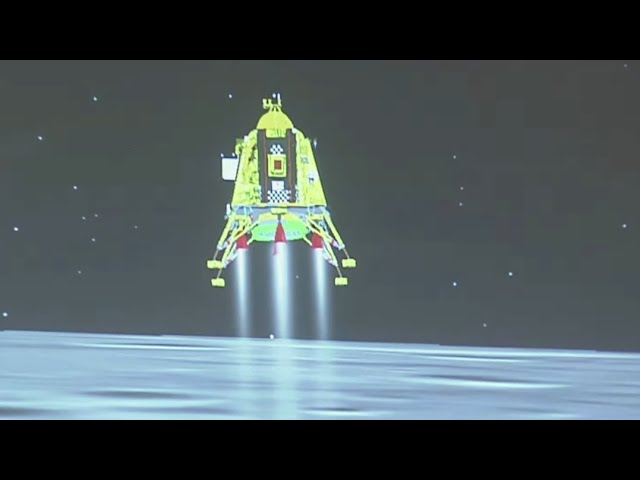
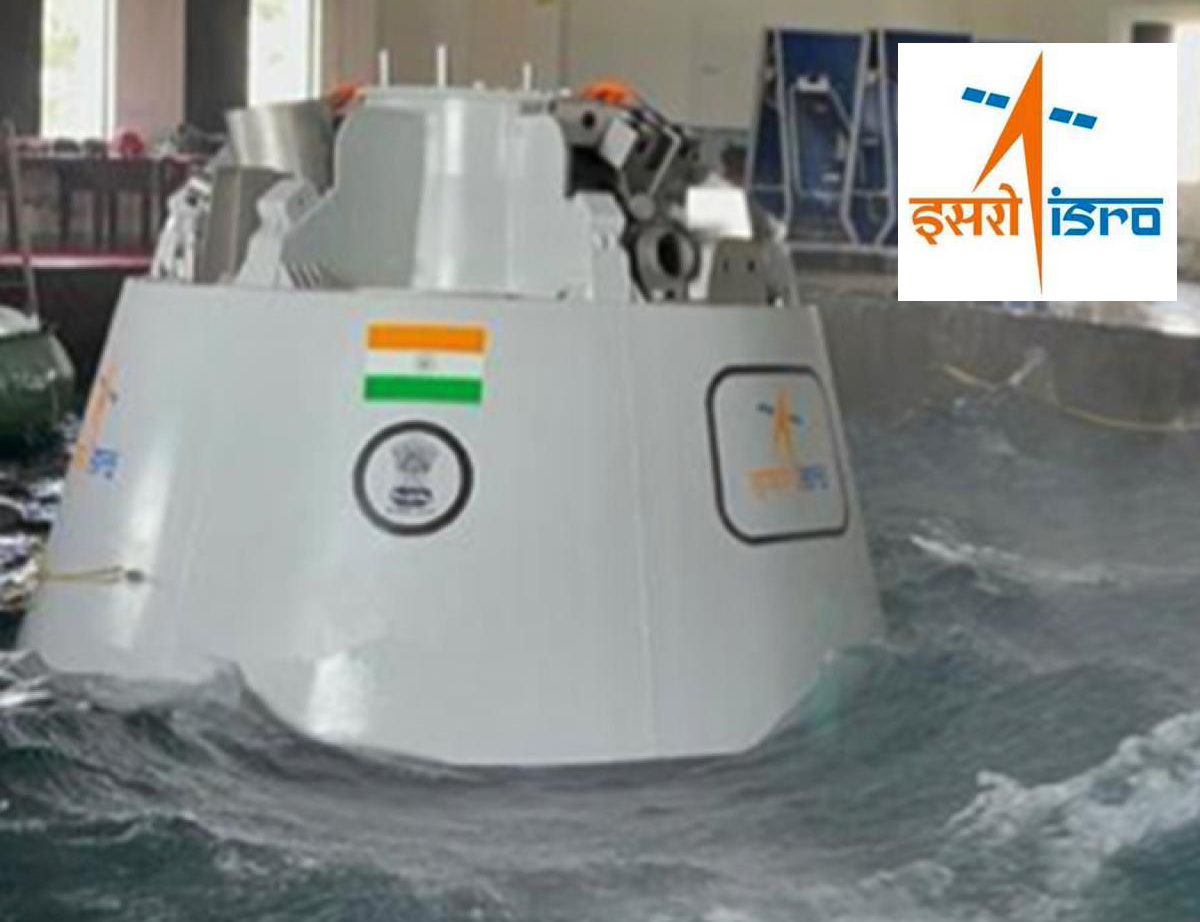
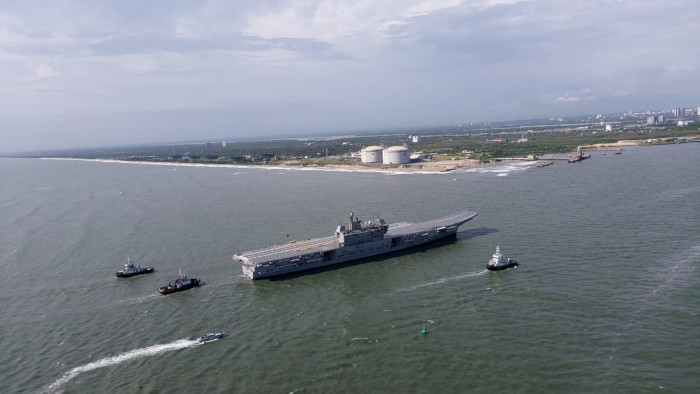
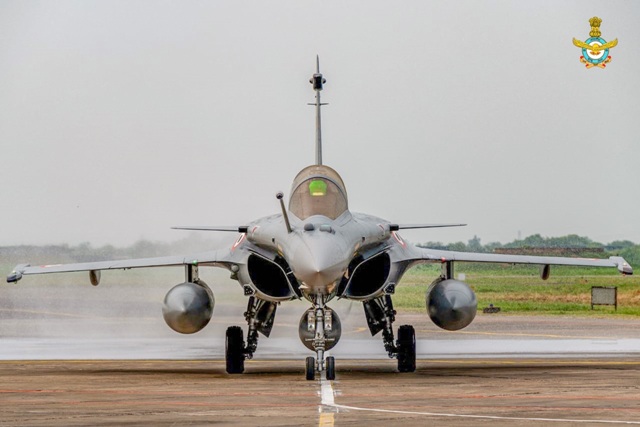

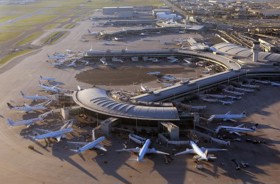
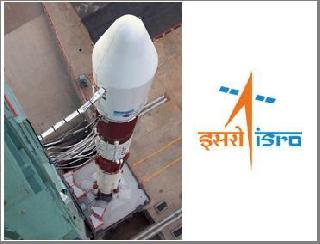
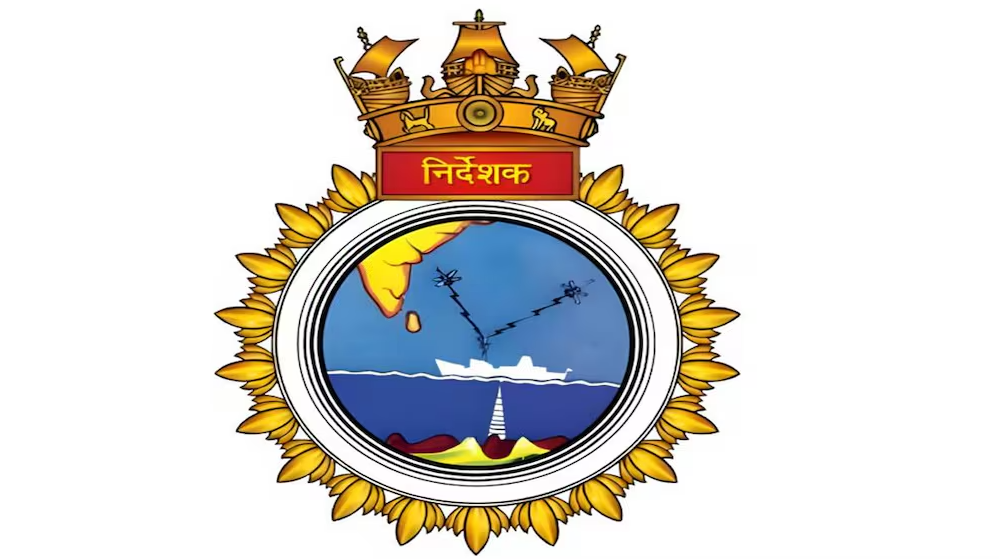






The Indian Air Force, in its flight trials evaluation report submitted before the Defence Ministry l..
view articleAn insight into the Medium Multi-Role Combat Aircraft competition...
view articleSky enthusiasts can now spot the International Space Station (ISS) commanded by Indian-American astr..
view article